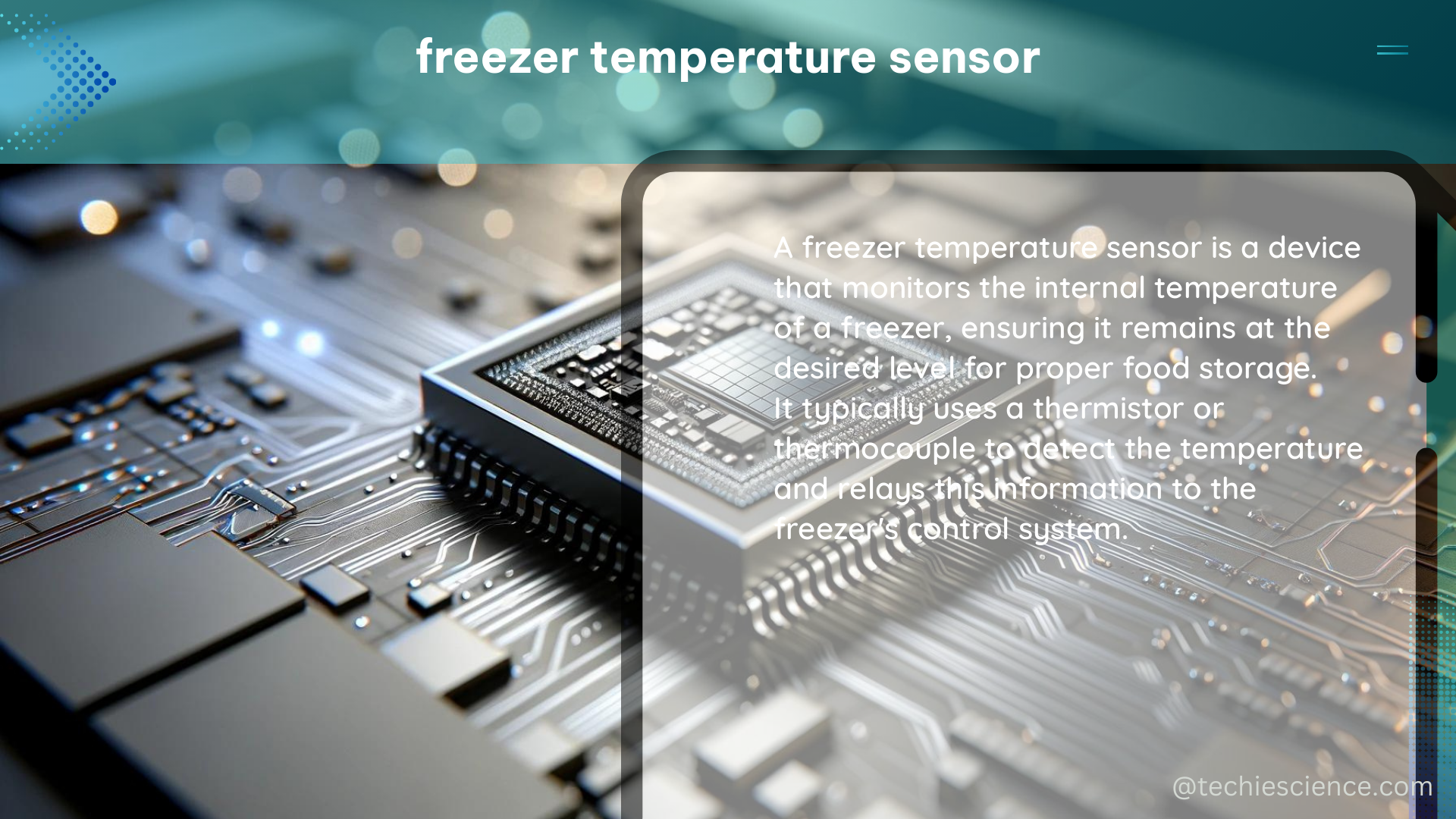Maintaining the optimal temperature in a freezer is crucial for preserving the quality and safety of perishable items, such as food, vaccines, and other temperature-sensitive materials. The freezer temperature sensor is a vital component in this process, as it monitors the holding conditions and alerts you to any fluctuations that could impact your valuable inventory. In this comprehensive guide, we’ll dive deep into the world of freezer temperature sensors, exploring their features, capabilities, and the top sensor options available on the market.
Wireless Capability: Reducing Installation Time and Costs
Wireless freezer temperature sensors are the preferred choice for many applications, as they eliminate the need for complex wiring and installation. Wired temperature monitoring systems often require a third-party team to visit your location, which can delay your production schedule and increase costs. Wireless sensors, on the other hand, can be easily installed by your in-house team, saving you time and money.
Data Analysis: Gaining Visibility into Freezer Conditions

Effective freezer temperature monitoring requires the ability to access and analyze all your data in one centralized location. Ideally, your freezer temperature sensor should provide a comprehensive data analysis platform that allows you to view your data at a glance or dive deeper into specific trends and fluctuations. This visibility is crucial for identifying potential issues before they become a problem and ensuring the integrity of your inventory.
Alerting: Rapid Response to Temperature Fluctuations
When it comes to freezer temperature monitoring, speed is of the essence. Your freezer temperature sensor should be highly sensitive, capable of quickly detecting even the slightest temperature fluctuations. This rapid alerting system allows you to take immediate action, preventing the spoilage of your valuable inventory and ensuring compliance with health and safety regulations.
Customized Reporting: Tailoring to Your Specific Needs
Health and safety guidelines provide a general framework, but they may not always consider the unique storage requirements of your freezer’s contents or the specific reporting needs for your business. A customizable reporting feature in your freezer temperature sensor is essential for ensuring compliance and generating the reports you need for inspections and audits.
Sensor Options: Exploring the Top Choices
When it comes to selecting the right freezer temperature sensor, there are several popular options to consider:
-
DS18B20 Sensor: This digital temperature sensor can measure temperatures from -55°C to +125°C with an accuracy of ±0.5°C from -10°C to +85°C, making it a reliable choice for freezer temperature monitoring.
-
MLX90614 Sensor: The MLX90614 is a contactless IR thermostat that can measure temperatures from -70°C to +380°C with an accuracy of ±1°C from -40°C to +125°C. While it is not a thermostat, it can provide accurate temperature readings for freezer applications.
-
Aqara Temperature Sensor: The Aqara temperature sensor can measure temperatures from -20°C to +60°C with an accuracy of ±0.5°C from -20°C to +50°C. However, it may not function correctly in extremely cold freezer environments, as some users have reported the sensor failing after a few days in the freezer.
-
Accurite Sensor: The Accurite sensor can measure temperatures from -40°C to +70°C with an accuracy of ±1°C from -10°C to +50°C. It is specifically designed for freezer and refrigerator temperature monitoring and includes a low-temperature alarm feature.
-
Ink bird ibs-th2: The Ink bird ibs-th2 sensor can measure temperatures from -30°C to +70°C with an accuracy of ±0.5°C from -20°C to +50°C. It is compatible with Home Assistant’s Bluetooth integration, making it a popular choice for smart home and IoT-based freezer monitoring solutions.
When selecting a freezer temperature sensor, it’s essential to consider factors such as the sensor’s temperature range, accuracy, wireless capabilities, data analysis features, and integration with your existing systems or smart home platforms. By carefully evaluating these criteria, you can ensure that your freezer temperature sensor meets the specific needs of your application and provides the reliable, real-time monitoring you require.
Conclusion
Maintaining the optimal temperature in a freezer is crucial for preserving the quality and safety of your valuable inventory. The freezer temperature sensor is a vital component in this process, and by understanding its features and capabilities, you can make an informed decision on the best sensor for your needs. Whether you’re looking for wireless connectivity, advanced data analysis, customizable reporting, or high-accuracy temperature measurements, this comprehensive guide has provided you with the knowledge and insights to master the world of freezer temperature sensors.
References:
- Glacier Grid – Freezer Temperature Sensors Features
- Arduino Forum – How to Measure Object Temperature Inside the Freezer
- Reddit – Freezer Sensor Advice
- NIST – Cold Chain Management Temperature Monitoring Solutions
- NCBI – Evaluation of Temperature Monitoring Devices for Vaccine Storage

The lambdageeks.com Core SME Team is a group of experienced subject matter experts from diverse scientific and technical fields including Physics, Chemistry, Technology,Electronics & Electrical Engineering, Automotive, Mechanical Engineering. Our team collaborates to create high-quality, well-researched articles on a wide range of science and technology topics for the lambdageeks.com website.
All Our Senior SME are having more than 7 Years of experience in the respective fields . They are either Working Industry Professionals or assocaited With different Universities. Refer Our Authors Page to get to know About our Core SMEs.